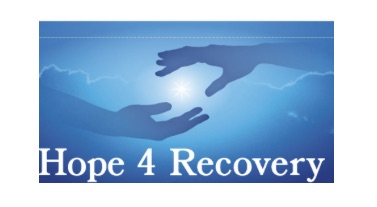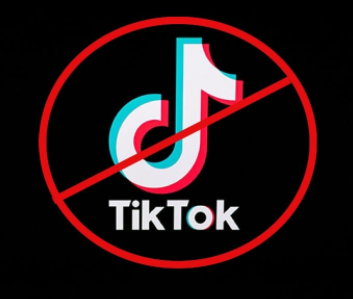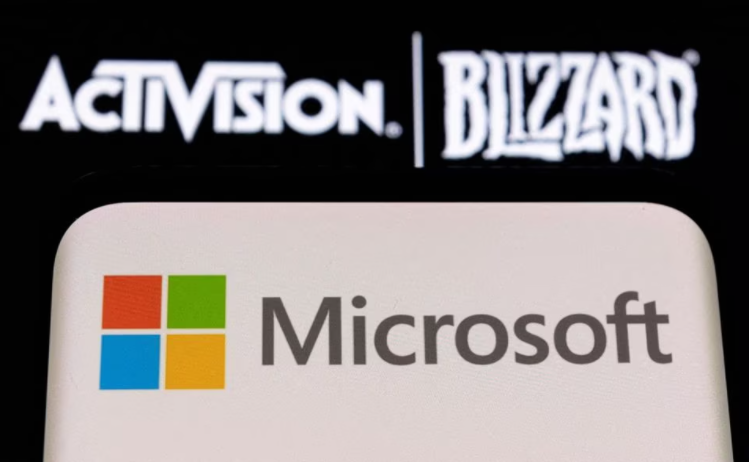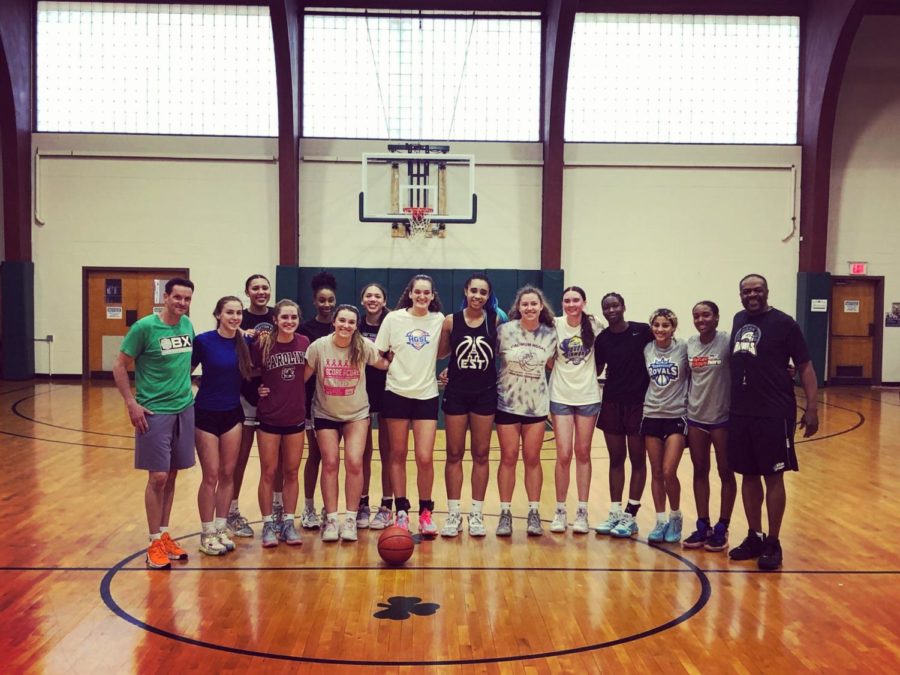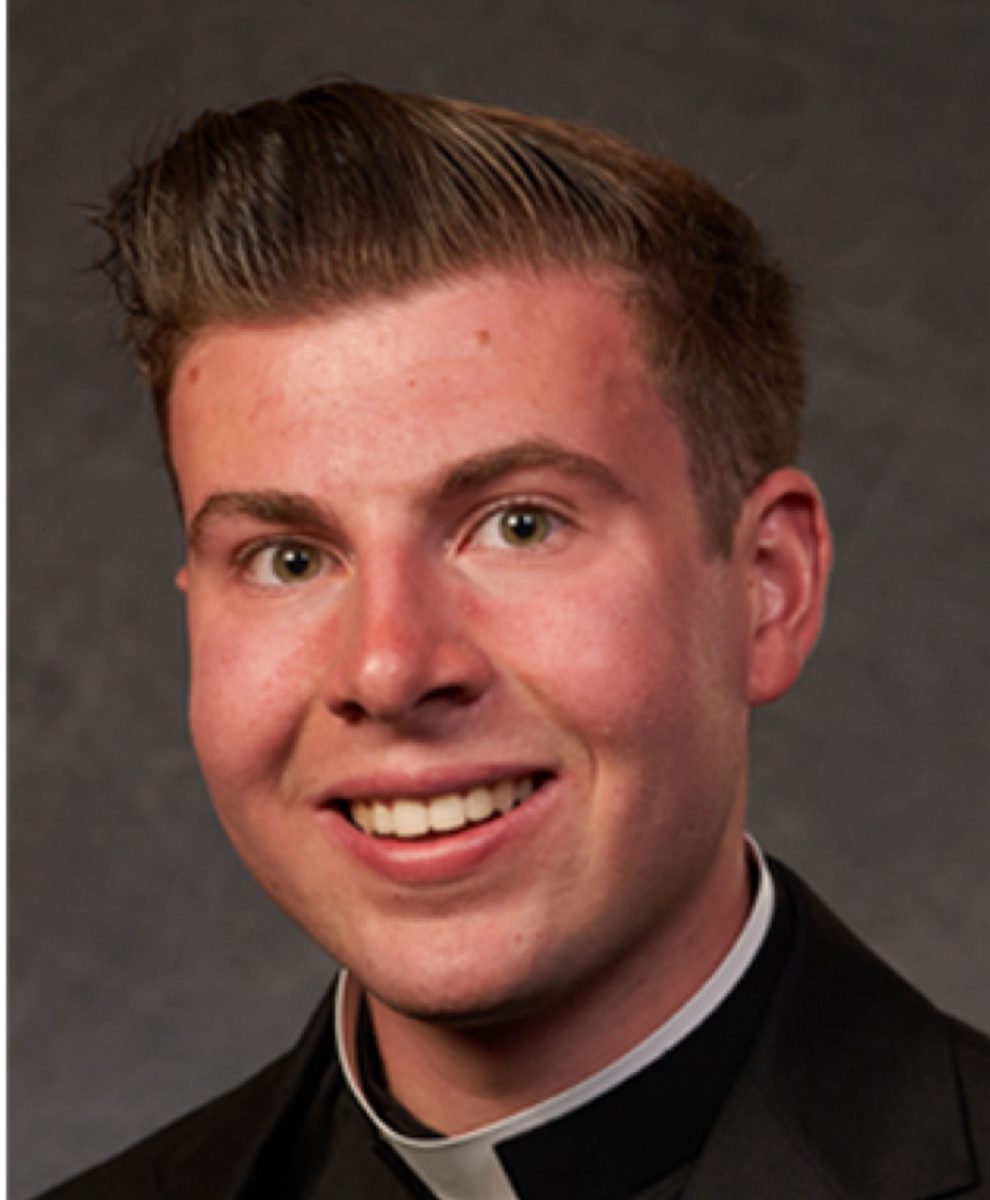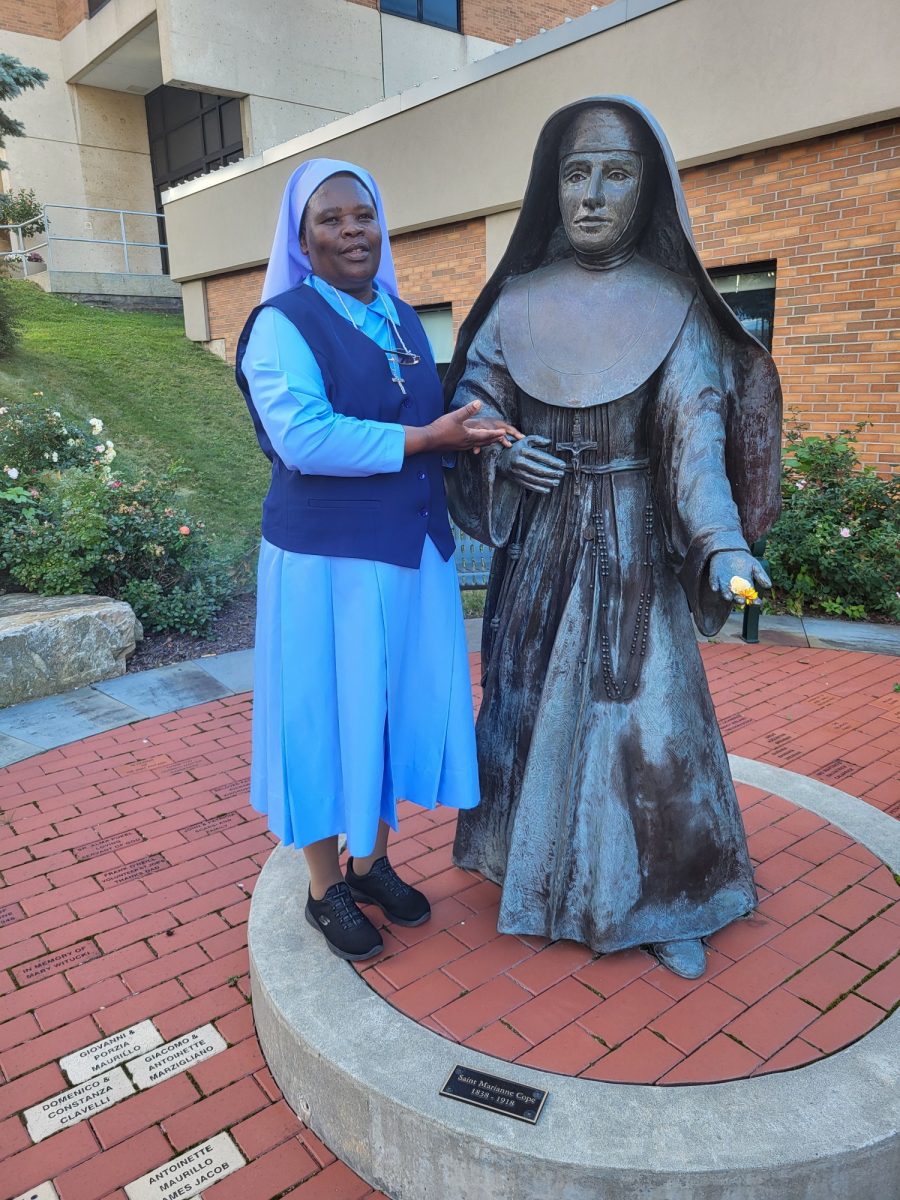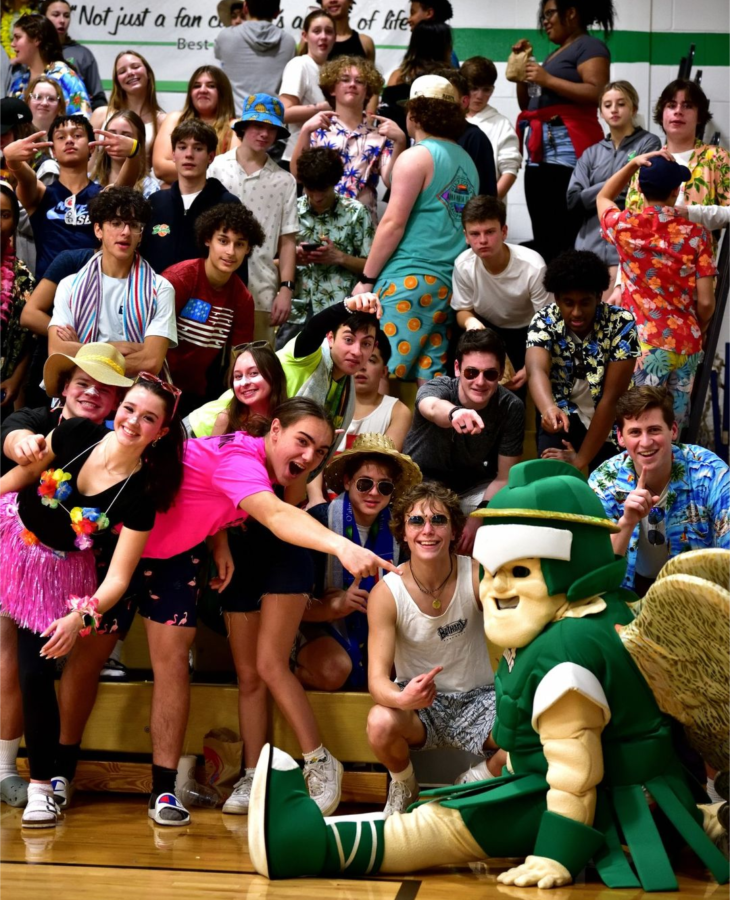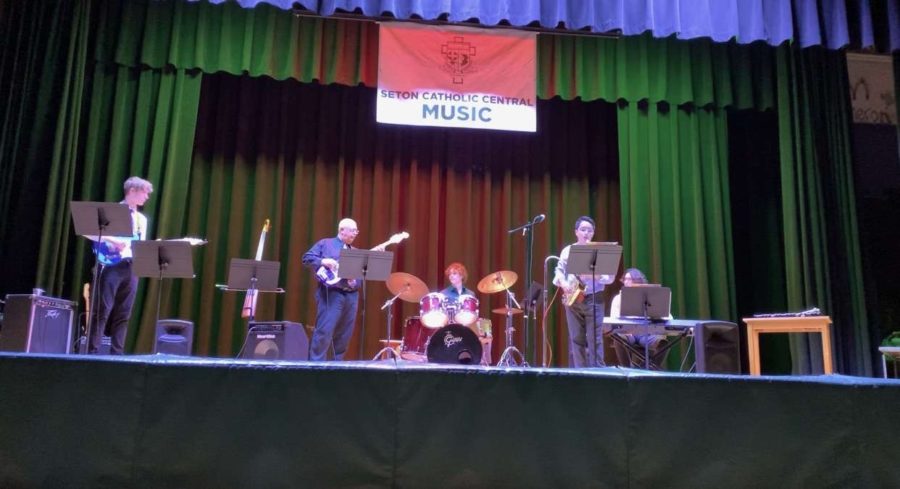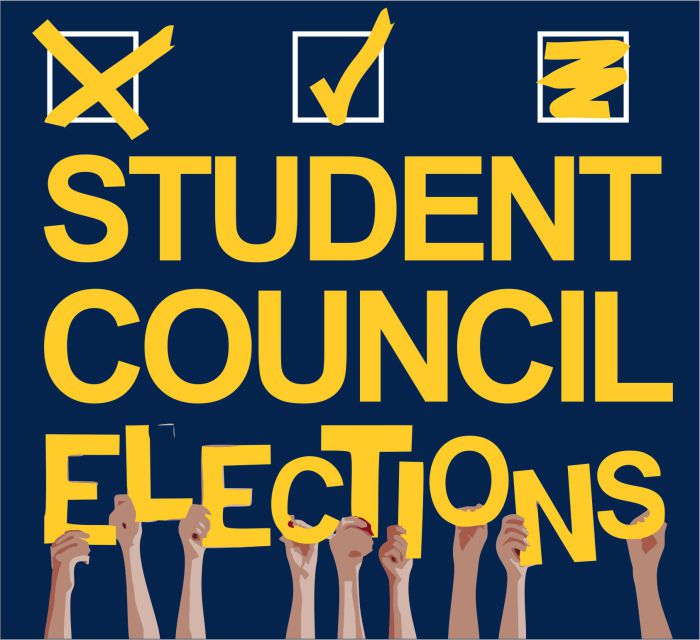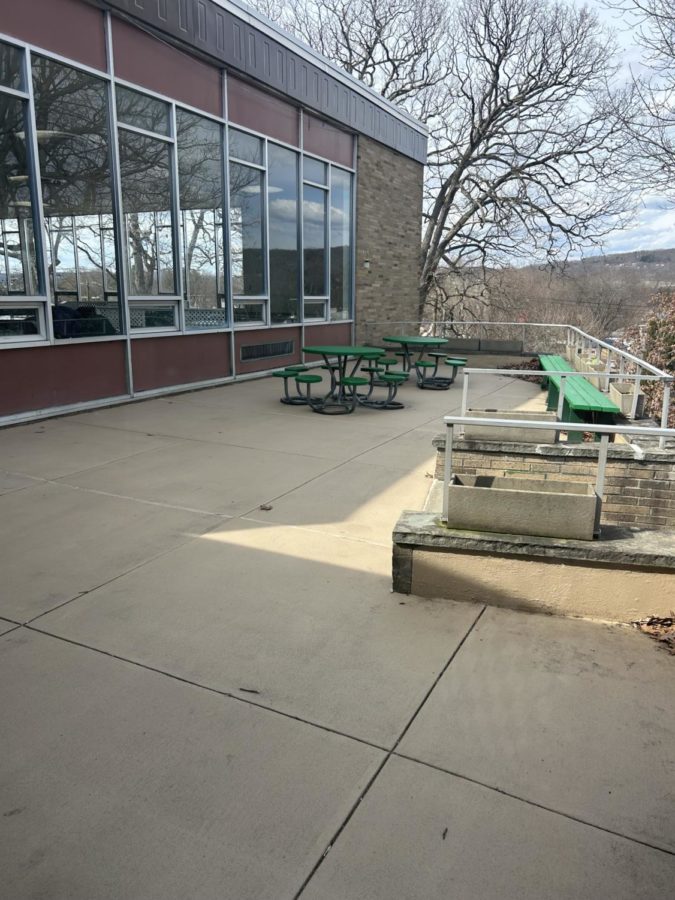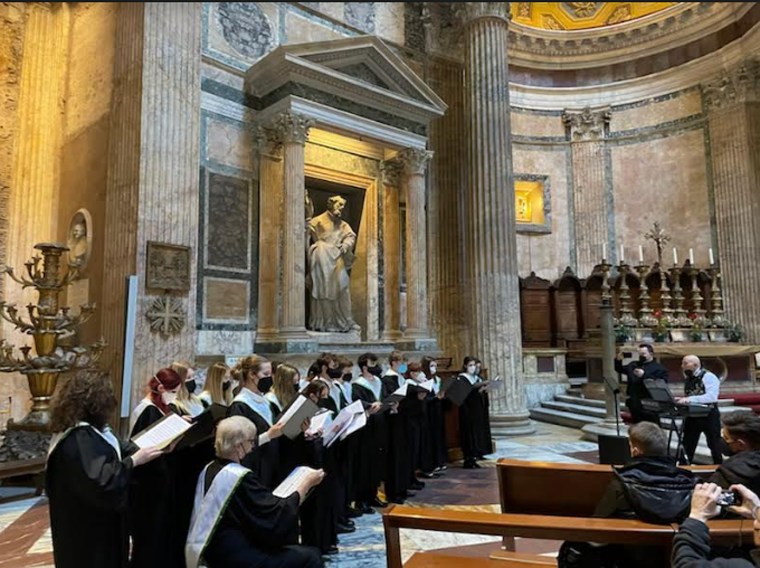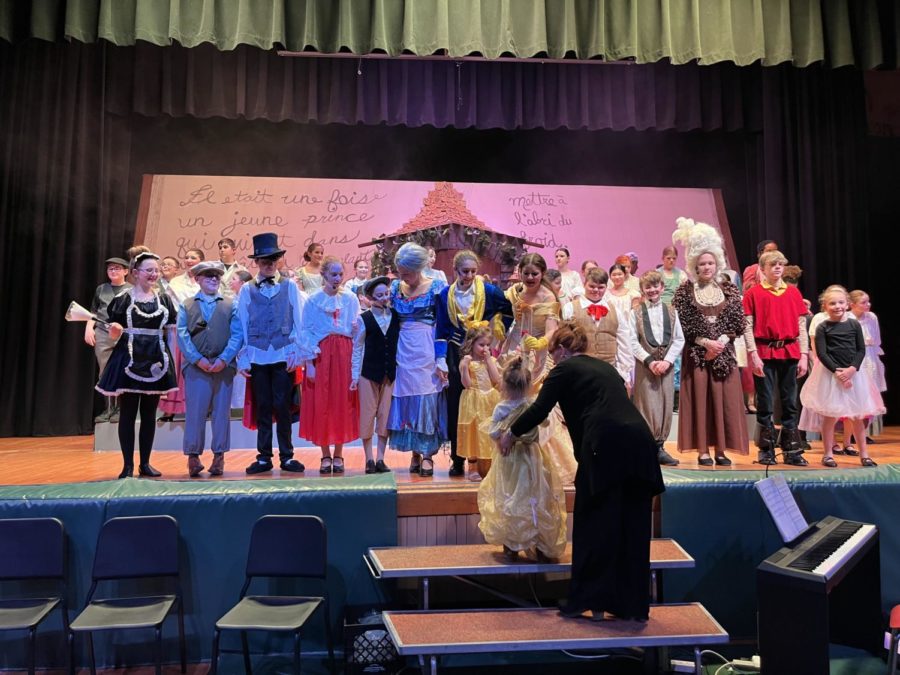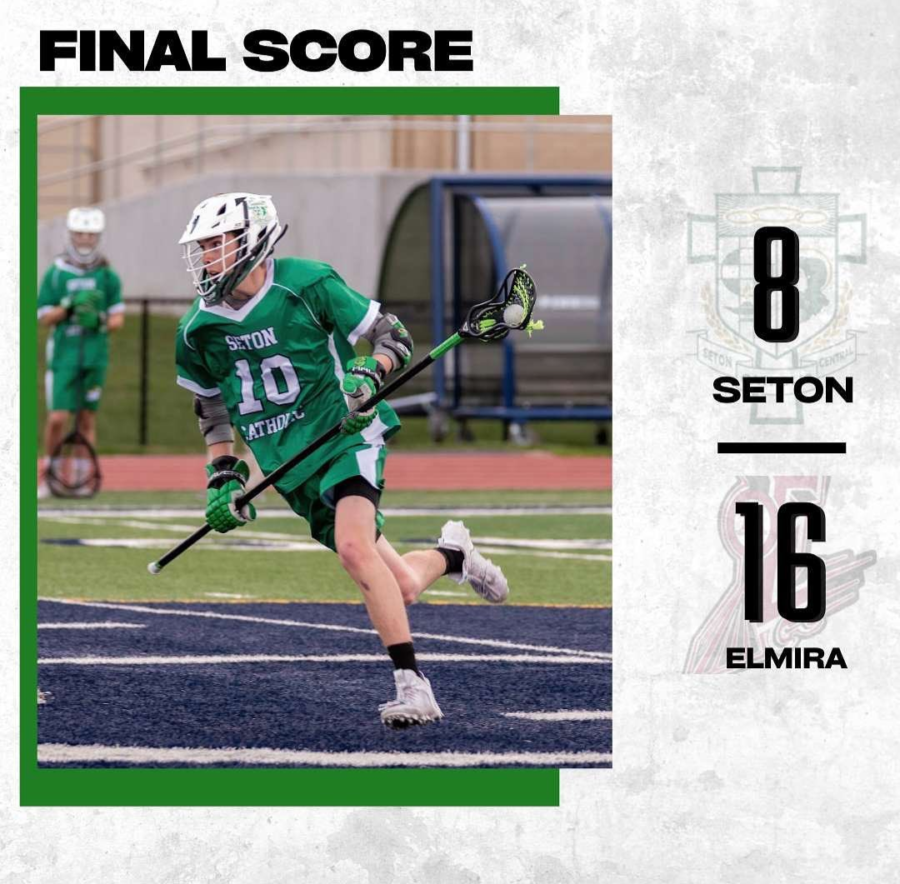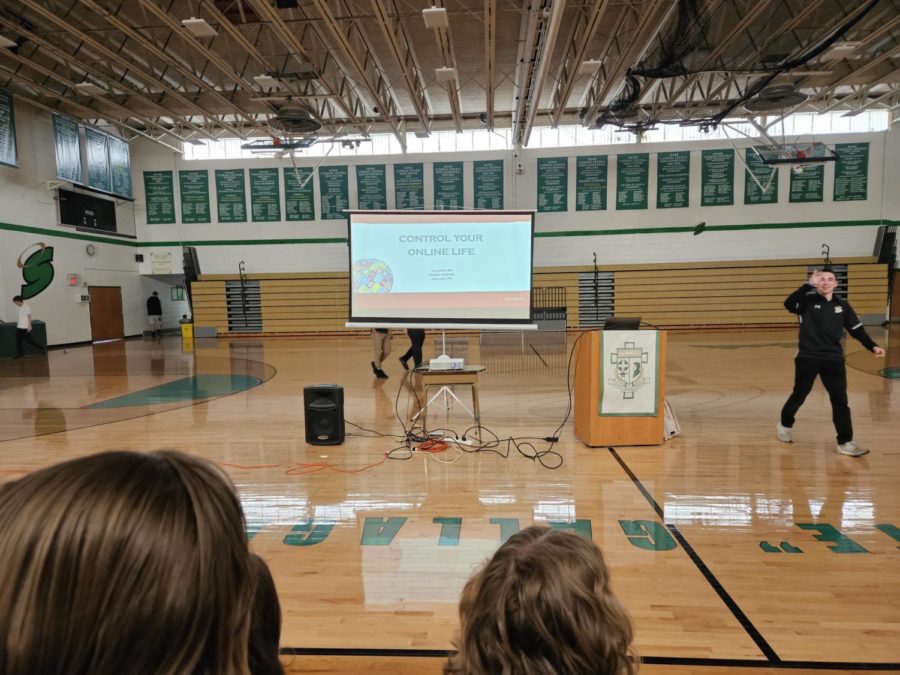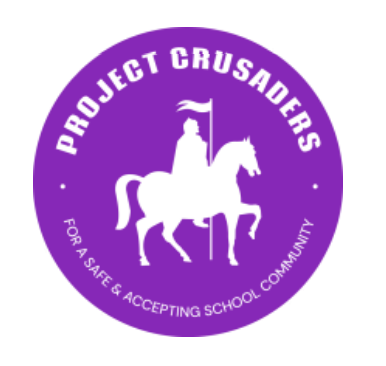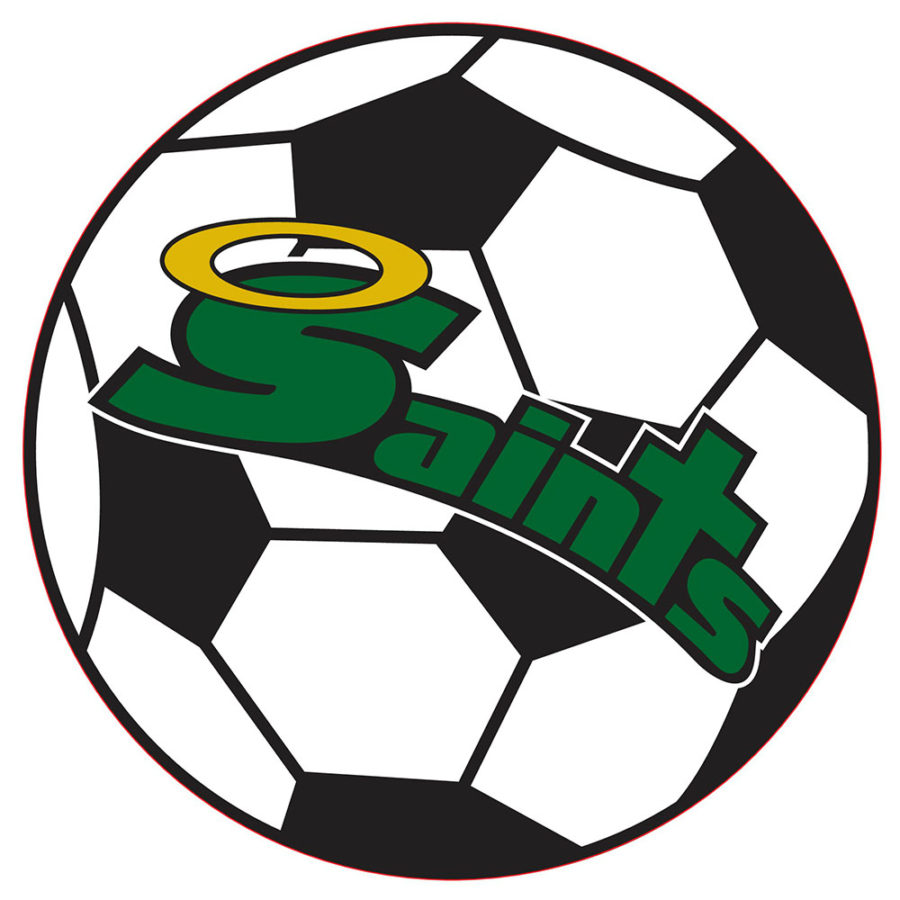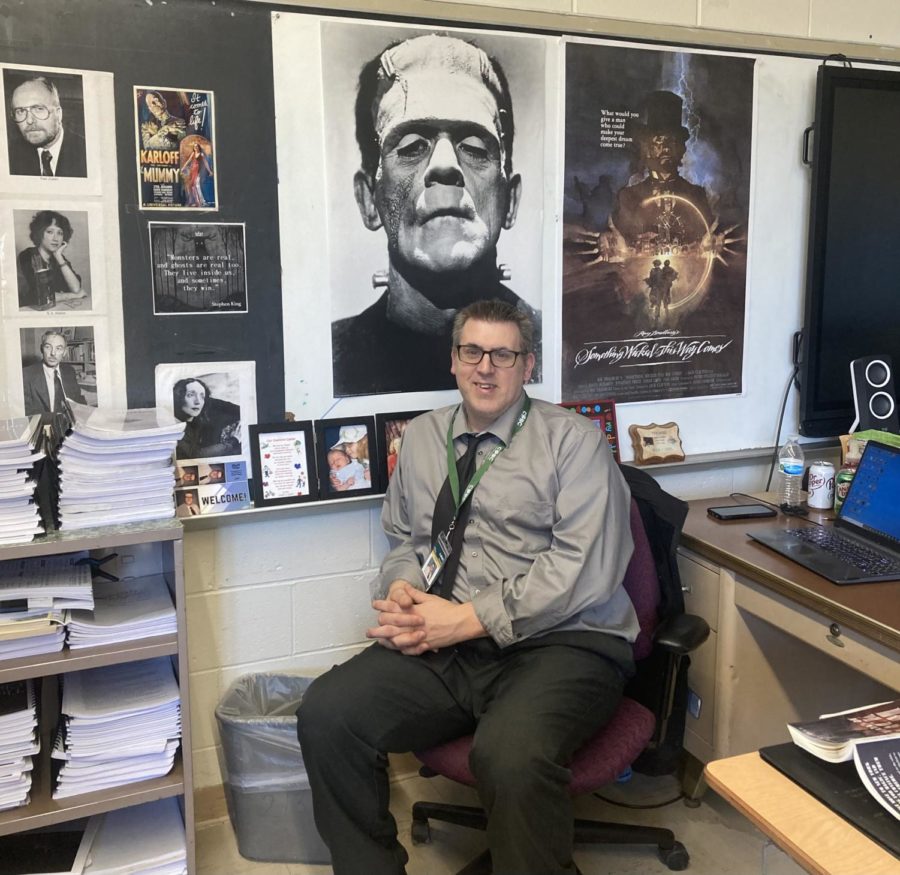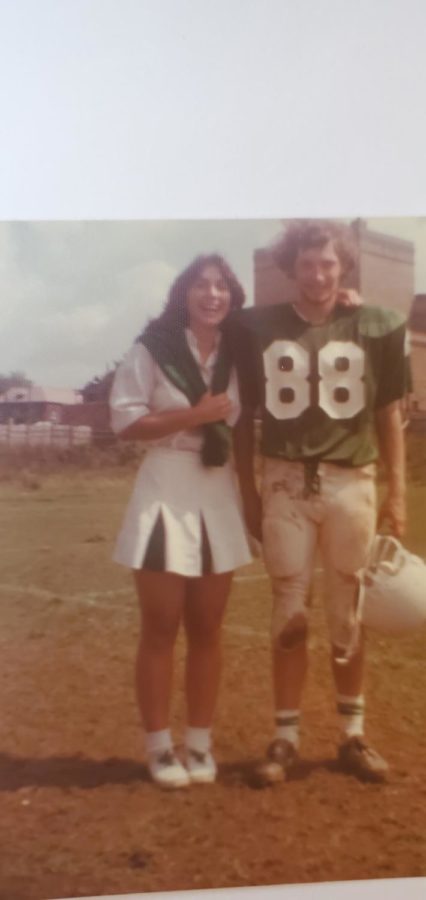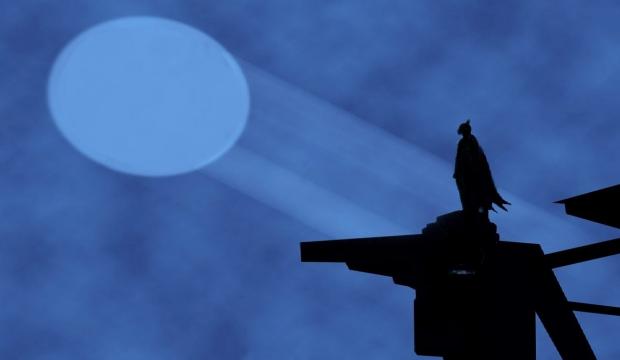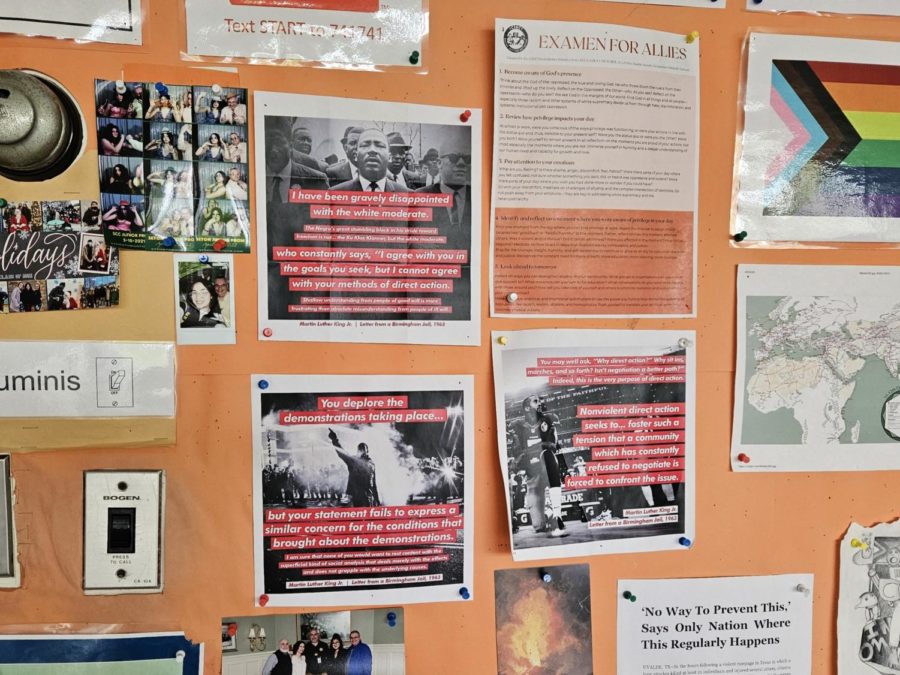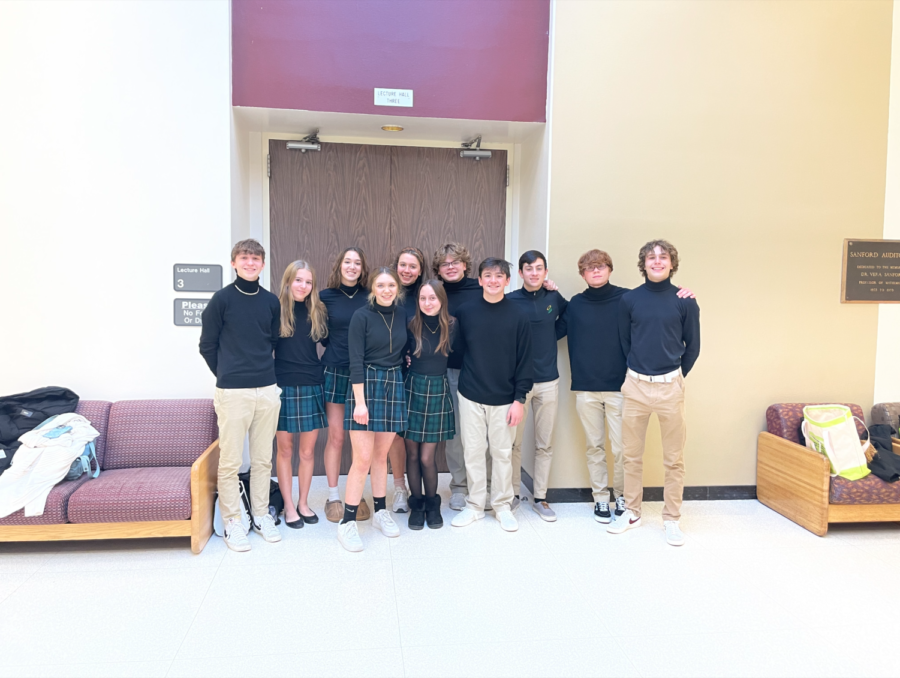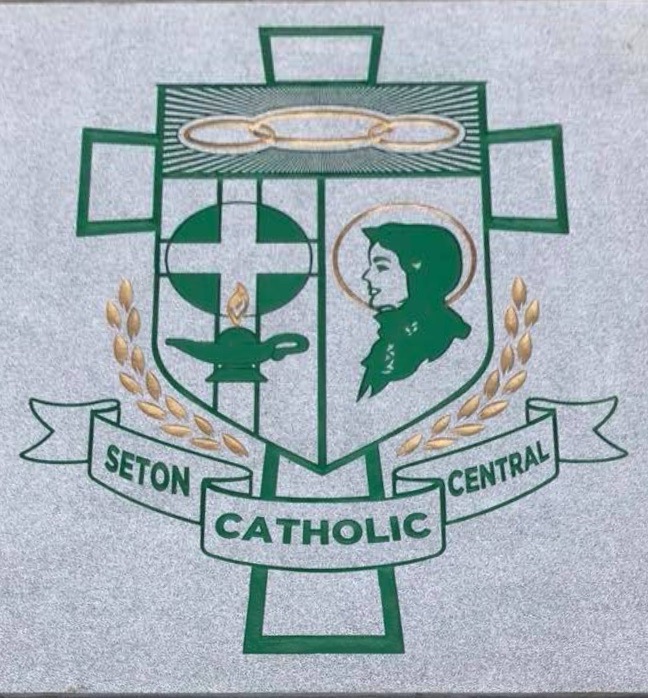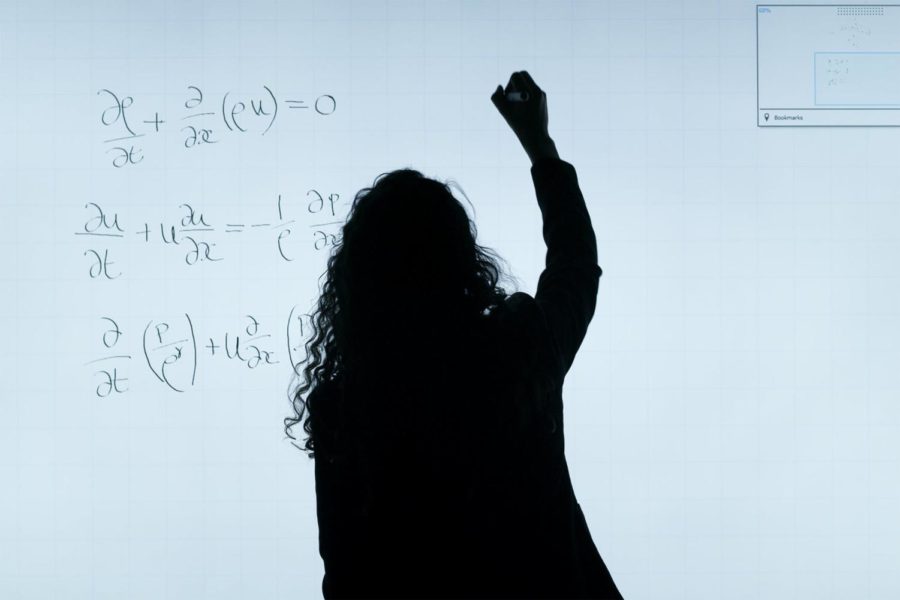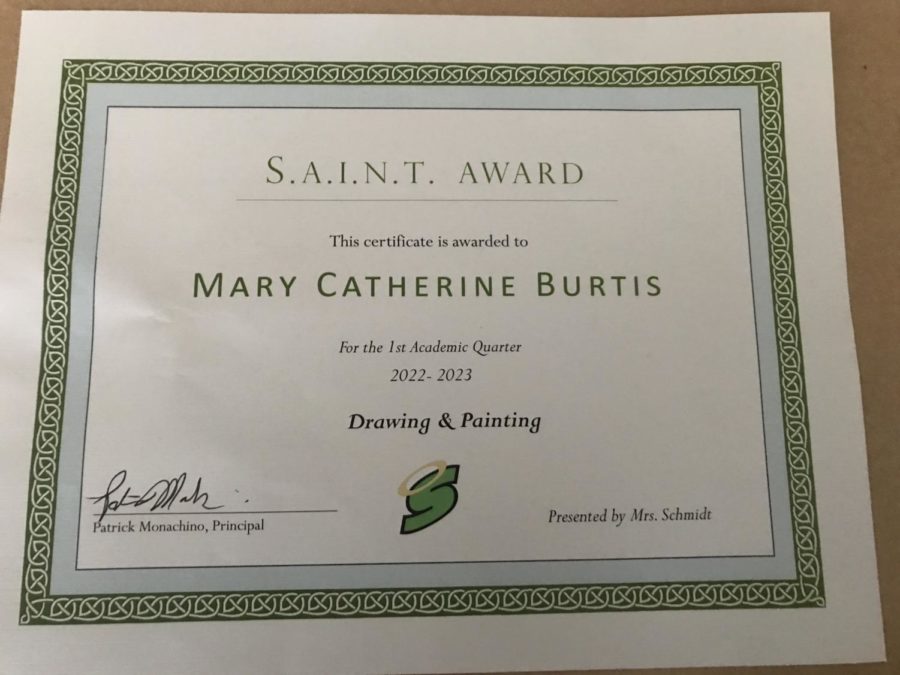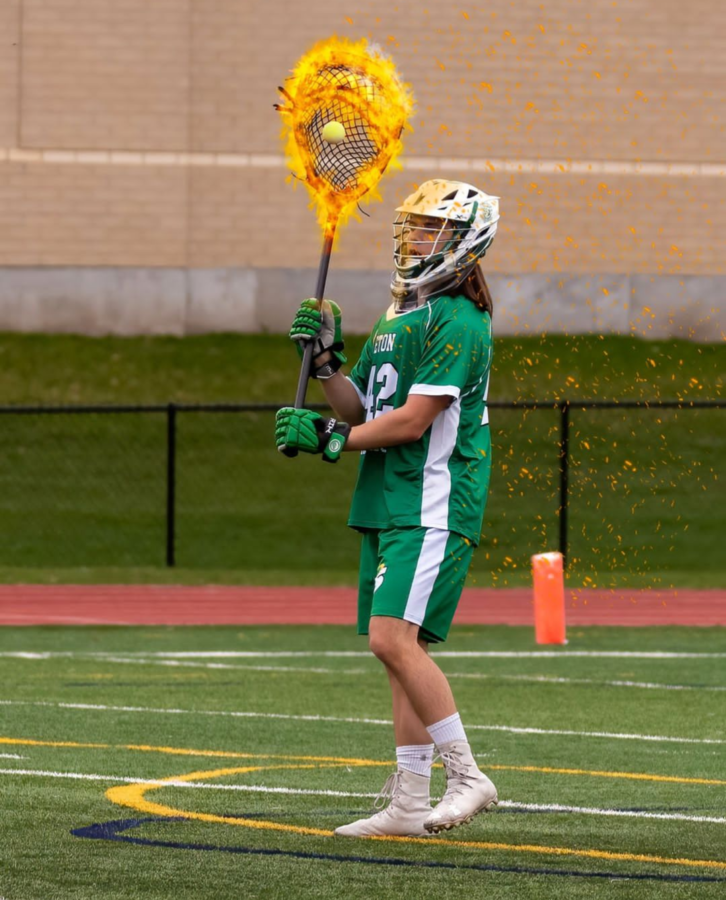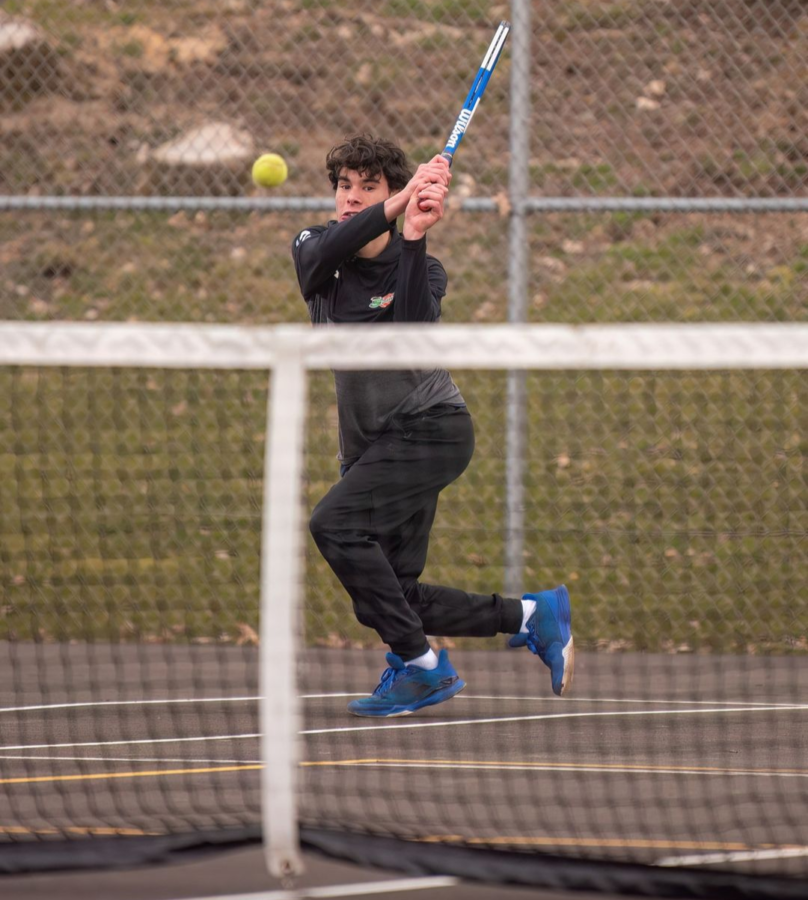The School Board: What is it?
Picture shows the school crest, which can be seen on the ground outside the SCC Campus. This addition was part of the new renovations achieved by the School Board.
January 27, 2023
The seemingly elusive School Board has puzzled students, faculty, and parents alike for years. Made up of a select few members, the majority of our school community has no idea what the purpose of the Board is, much less the decisions it makes and the impact it has on our community.
Senior Bridget Curran couldn’t think of anything to say when asked what the School Board was. “Literally nothing. I have no idea.” Fellow senior, Angel McConnell, also struggled to describe the Board. “All I know is that some parents of students are on the board,” she told Voice of the Saints. “I feel like no one really knows much about it, to be honest.”
This lack of awareness is concerning, but not surprising. The Voice of the Saints plans to help bridge the gap by explaining the history and processes of the Board, not to mention how easy it is to get involved.
For starters, the CSBC doesn’t actually have a School Board. There’s no elected group making decisions about the school, as a public school might have. The CSBC instead has a Board of Directors that works in tandem with its president, Tracy Caezza. President Caezza herself described the board as “a governing body that is responsible for making decisions about the policies and operations of CSBC.”
The Diocese of Syracuse formed the School Board decades ago, but the committee wasn’t able to make many decisions on its own. Until roughly a decade ago, most decisions for our schools were made at the Diocese level. Then the Diocese entered into a separation management agreement with CSBC, yielding control of the schools to the local stakeholders, administration, and board. In 2015, the current Board of Directors came to be. Now responsible for decisions for all four Catholic schools, the Board now makes decisions regarding budget, curriculum, and safety matters. Dr. Mary John, a Board member, described the Board’s function: “The Board approves the budget, hires the President of the CSBC, gives direction of fundraising issues, and helps the President with any thing she brings to the table.”
The Board of Directors consists of 11-15 members at a given time. Members may only serve for two consecutive three-year terms before they must step down. These members are nominated by the Board of Directors Governance Committee, which typically consists of a mix of non-Board members of various professions. They put forth a slate of names for consideration, then the Board of Directors votes. However, even if a new member is approved by the Board, they aren’t an active member until they are approved by the Bishop.
It is worth noting that the Board of Directors doesn’t make every decision on its own. Often, ideas are suggested by one of the several committees that operate under them. These committees meet separately from the Board and are made up of a mix of Board members, parents, and other members of the CSBC decided to get involved. There are about half a dozen committees, focusing on specific areas of improvement for our schools. For example, there is the Finance Committee, the Curriculum Committee, the Strategic Planning Committee, and the Athletics Committee.
One recent success from the Board of Directors would be the improvement of school safety within the last year. With the recent school shootings in our country, parents wanted to make sure their kids were safe. The CSBC now has two Student Resource Officers, one at the high school and one shared among the elementary schools. Additionally, a New York State trooper was brought in to assess each of the buildings, tell the CSBC where some of the weak security points were, and suggest solutions for them. These suggestions were implemented right away.
Some other successes by the Board include the new turf field, architectural improvements to Seton’s campus, and the various playground installations at All Saints and St. John’s. The Board is also working on revamping the K-12 curriculum and ensuring that all students from all three elementary schools are learning the same thing. Brian Schmidt, a previous Board member and current Finance Committee member, believes that although these enhance the CSBC experience, it is nothing compared to the work put in by faculty and administration. “Without that, we can put as many objects in place, or build as many fields as we can get donated, but they would be empty.” Because of this, the Board also set up a faculty compensation fund that allows parents, alums, and businesses to make donations towards improving teacher compensation and providing bonuses.
The typical meeting, which happens once a month, follows an agenda. It starts with opening prayer, the recognition of any new visitors, and approval of the meeting minutes from the previous meeting. Members then discuss both old business and new business as well as receive any reports or presentations. If there are any visitor comments to be addressed, they are, and then the meeting adjourns.
The Board of Directors has it’s own executive officers: Chairman, Treasurer, Secretary, and Vice Chair. When a topic needs to be discussed in more depth after a meeting, the officers will decide to call an Executive Session directly after the meeting is adjourned. Only the officers and the CSBC president remain, and they discuss any confidential issues amongst themselves.
To bring an issue to the Board’s attention, President Caezza suggests first going through administration. “The administration would attempt to resolve the issue, if it could not, the administration would bring it to the Board of Directors.” To decide what is discussed in a meeting, the President and the Chairman would go through the agenda the week before. Another way to reach the Board would be through attending their meetings.
That’s right, anyone can attend a meeting. The Board of Director meetings can be found on the annual CSBC calendar found on the website. But if meetings have been open to the public, why do so few people understand the Board?
“It’s a communication issue on our part,” says Jon Sarra, Chairman of the Board. It’s one of the issues he wants to improve this year. “We sent out a communication from the Board when school started from the President about some of the things that we were working on.” Parents might have received this update in August.
Starting in February and March, the Board has a new way to connect with the CSBC community. “We’re gonna have town halls and each of the elementary schools and at Seton from the Board to just kind of give an overview of what’s going on, to talk about the finances, talk about some of the things that we’re working on, because we want to be more visible,” Mr. Sarra explained. “That’s been one of my priorities: to make sure that the parents know what’s going on and the students know what’s going on.”
It’s true that students don’t know a lot about the Board, and Mr. Sarra feels like that needs to change. “Unfortunately people sometimes don’t treat students like adults, you know, and they don’t share in the information for whatever reason. And I think that’s a mistake. The students need to know what’s going on.”
Whether you are a student, faculty member, parent, or interested citizen, if you would like to get further involved with our school community or understand further how our schools work, now’s the perfect time. The Board would like to extend a formal invitation for all to attend their meetings. Information can be found here.
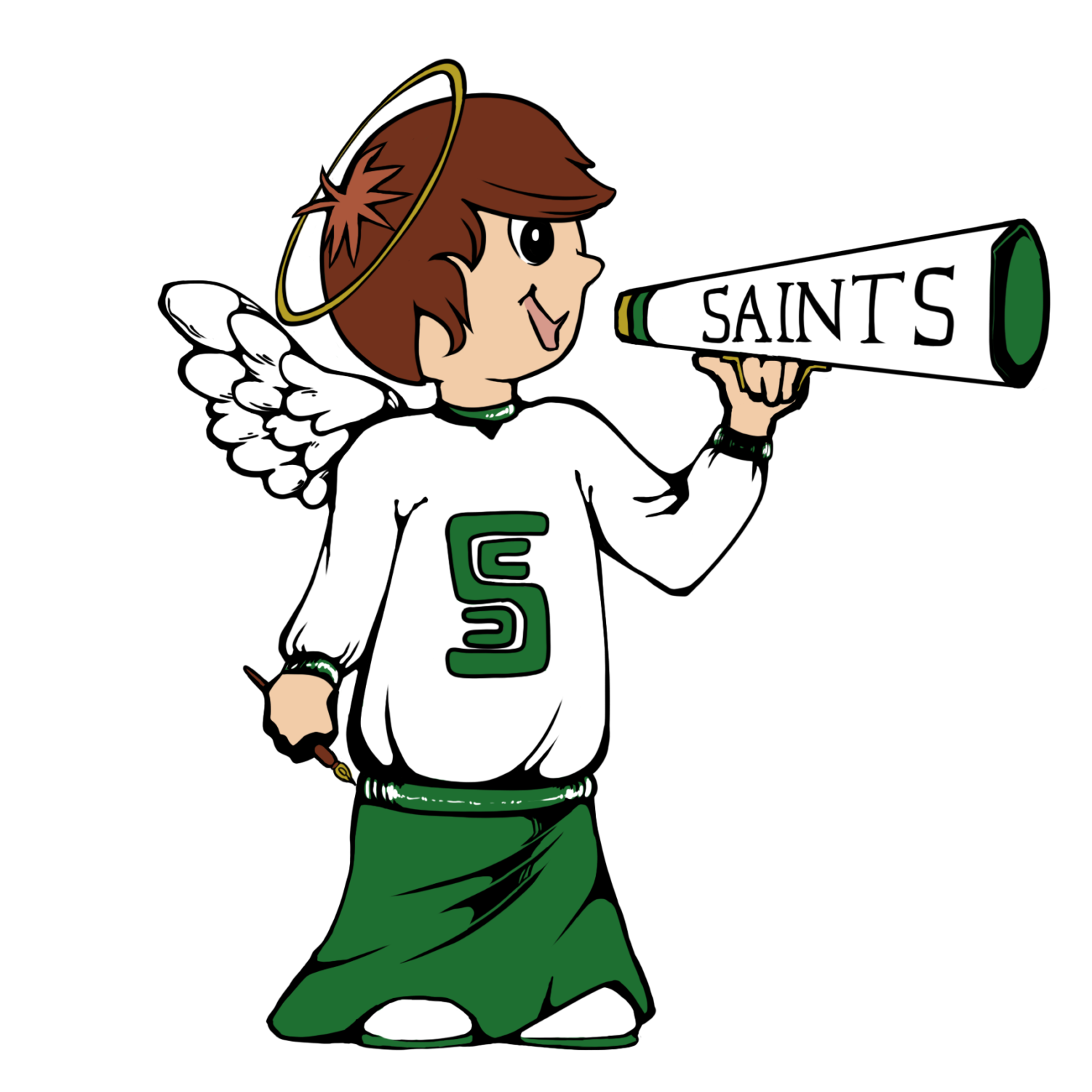
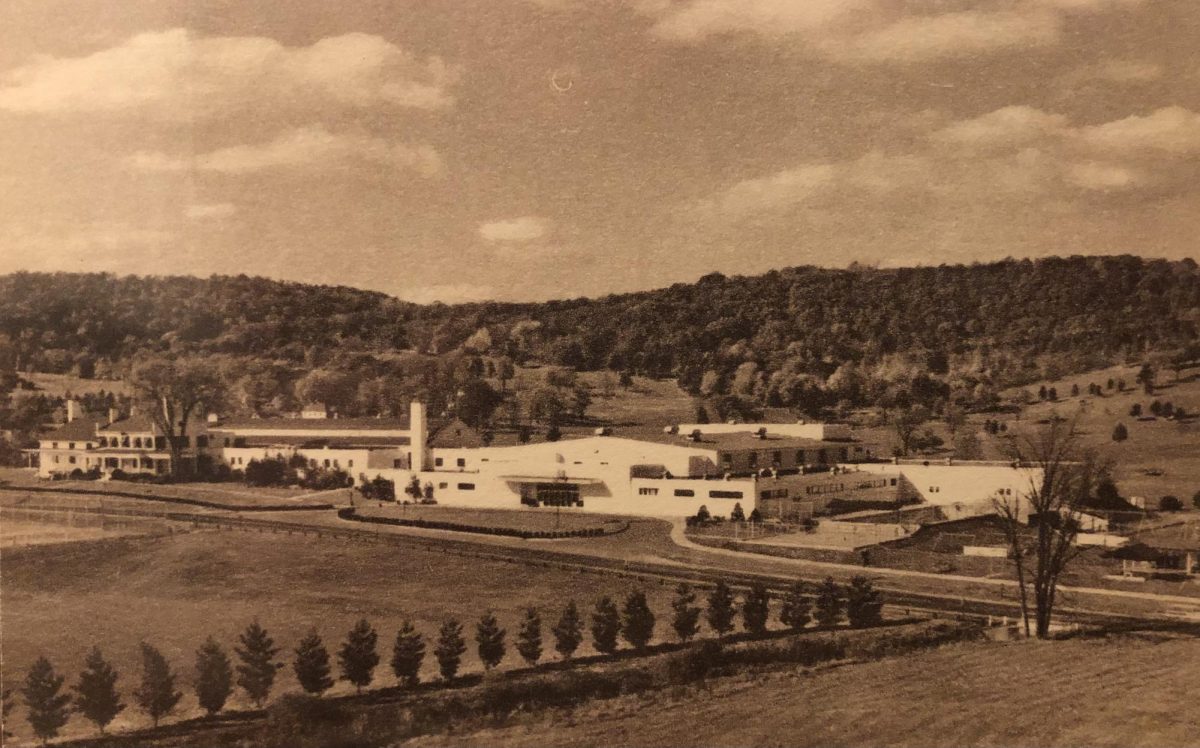

![College of Community and Public Affairs graduates cheering during the CCPA Commencement Ceremony. [Via Daily Photos at binghamton.edu]](https://sccvoice.org/wp-content/uploads/2023/05/Screenshot-2023-05-16-10.50.55-PM.png)

